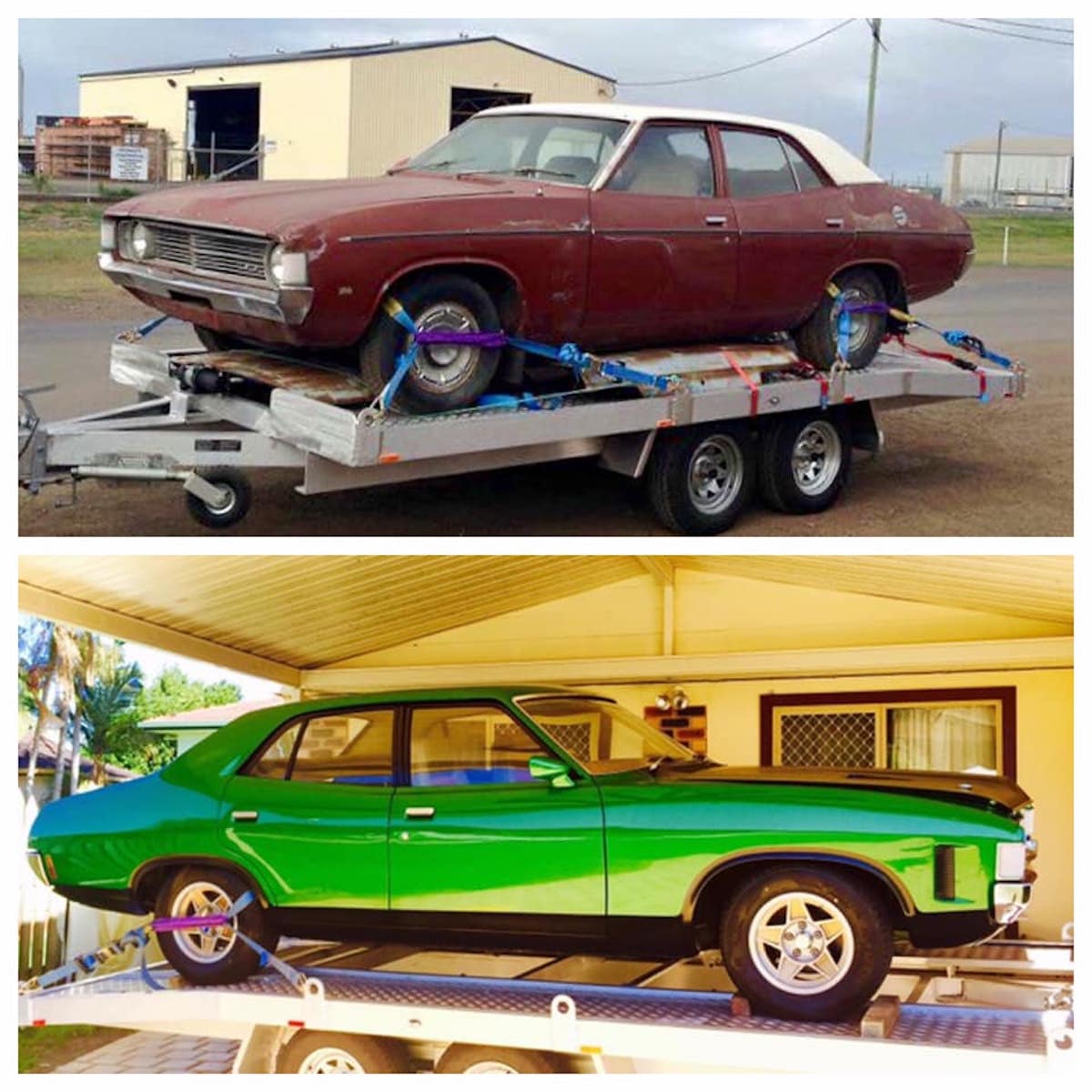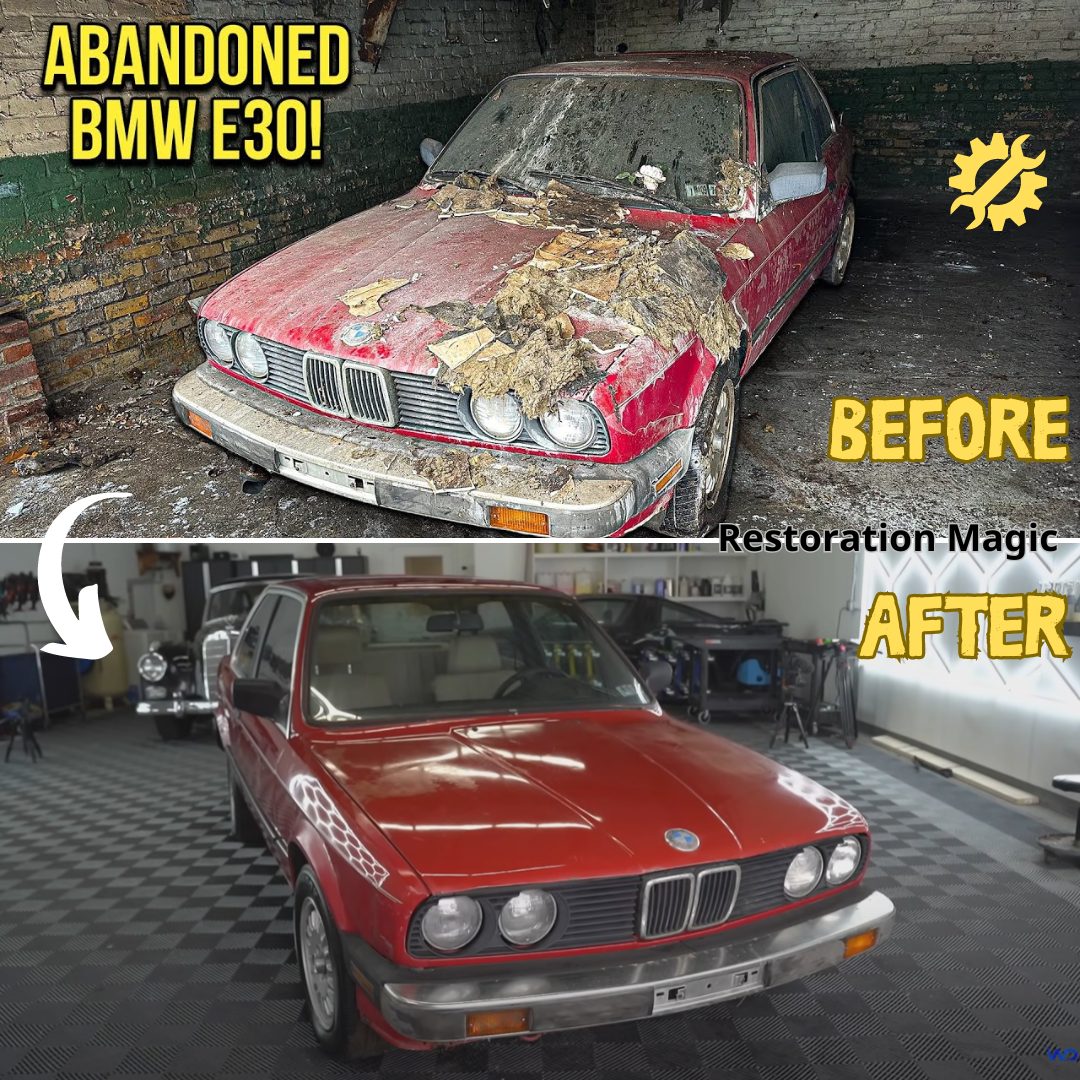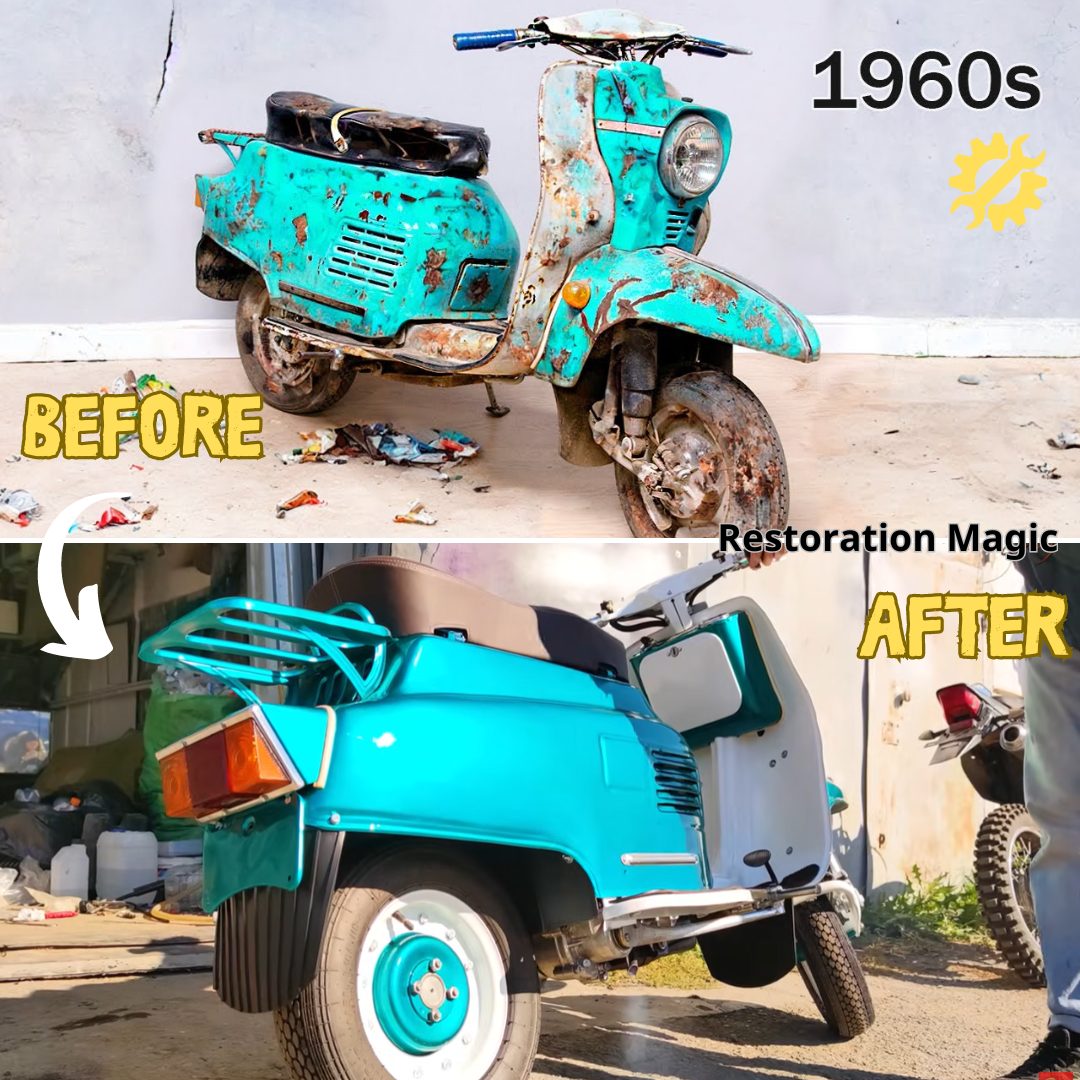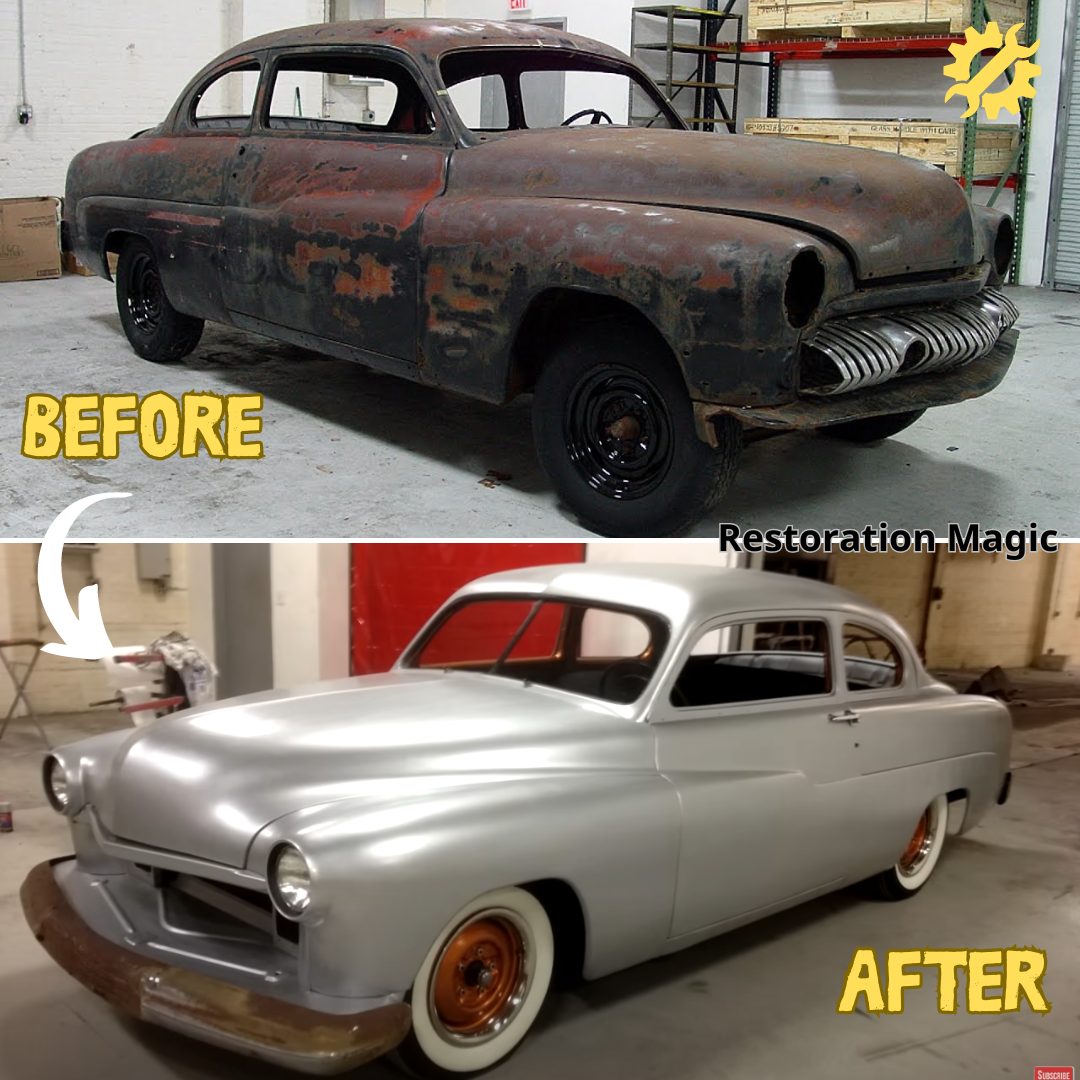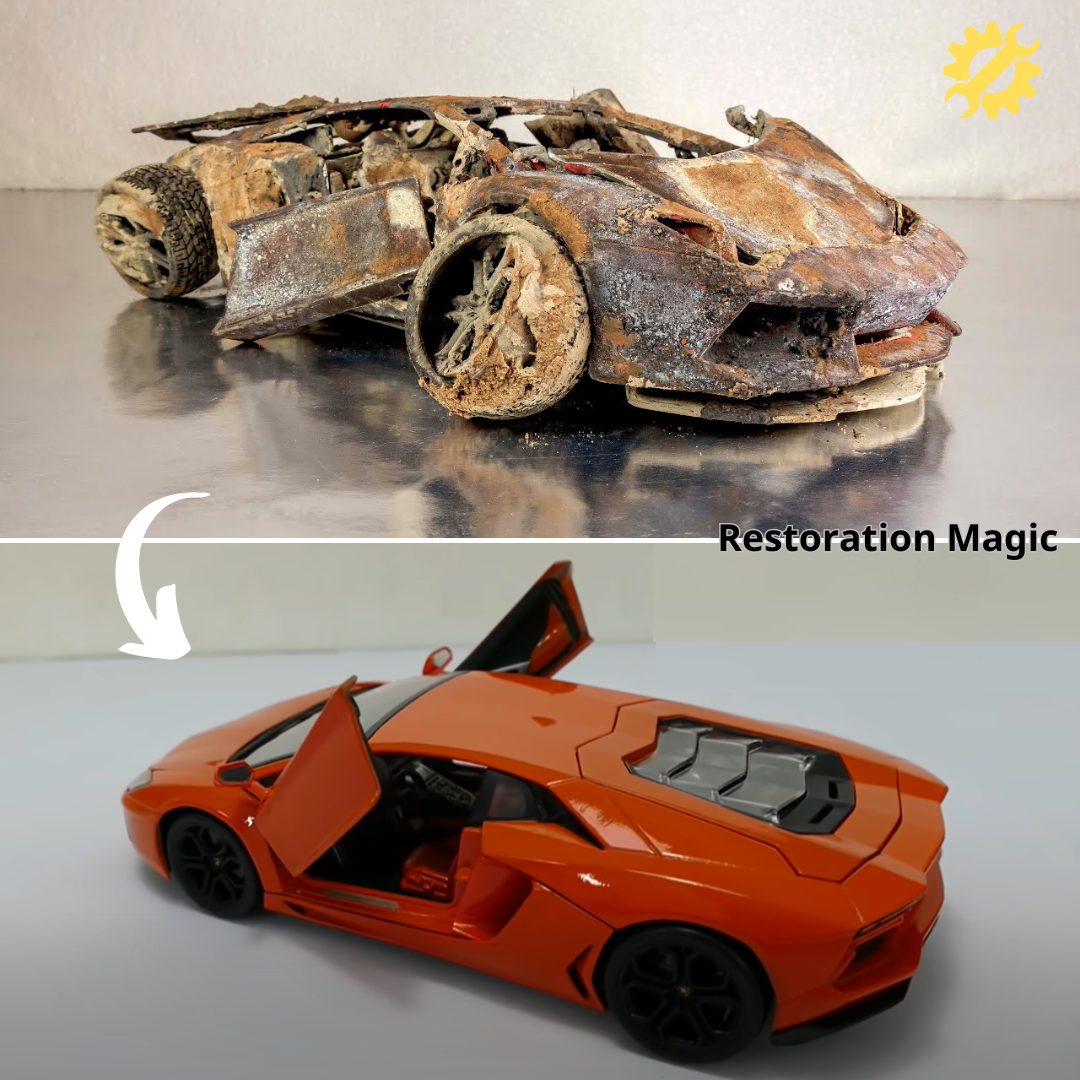Think Bugatti rules the mega-speed hypercar roost? “Hold my beer,” says this Swede.

How do you wrap your head around the Koenigsegg Jesko Absolut? Well, let’s begin with some numbers. Like 1,600 and 1,106. These are the peak outputs, in good old American ponies and stump-pulling pound-feet of torque, respectively, generated by the car’s 5.1-liter V-8. Then there’s 3,130. That’s about how many pounds the 2024 Koenigsegg Jesko Absolut weighs.
Gulp!

Now do the math. Yep. You don’t need to be a computational fluid dynamics mastermind to figure out this Swedish-designed and -engineered hypercar is a seriously fast machine. How fast? Company founder Christian von Koenigsegg says his team hasn’t completed physical testing, but computer modeling suggests the Jesko Absolut will have a top speed north of 310 mph.
Conventional wisdom suggests it’s impossible for a tiny automaker from a country best remembered for stolid Volvos and quirky Saabs, to design, engineer, and produce a fully street-legal car capable of beating the Bugatti Chiron at its own, highly specialized game.
But Koenigsegg has a long history of defying conventional wisdom.
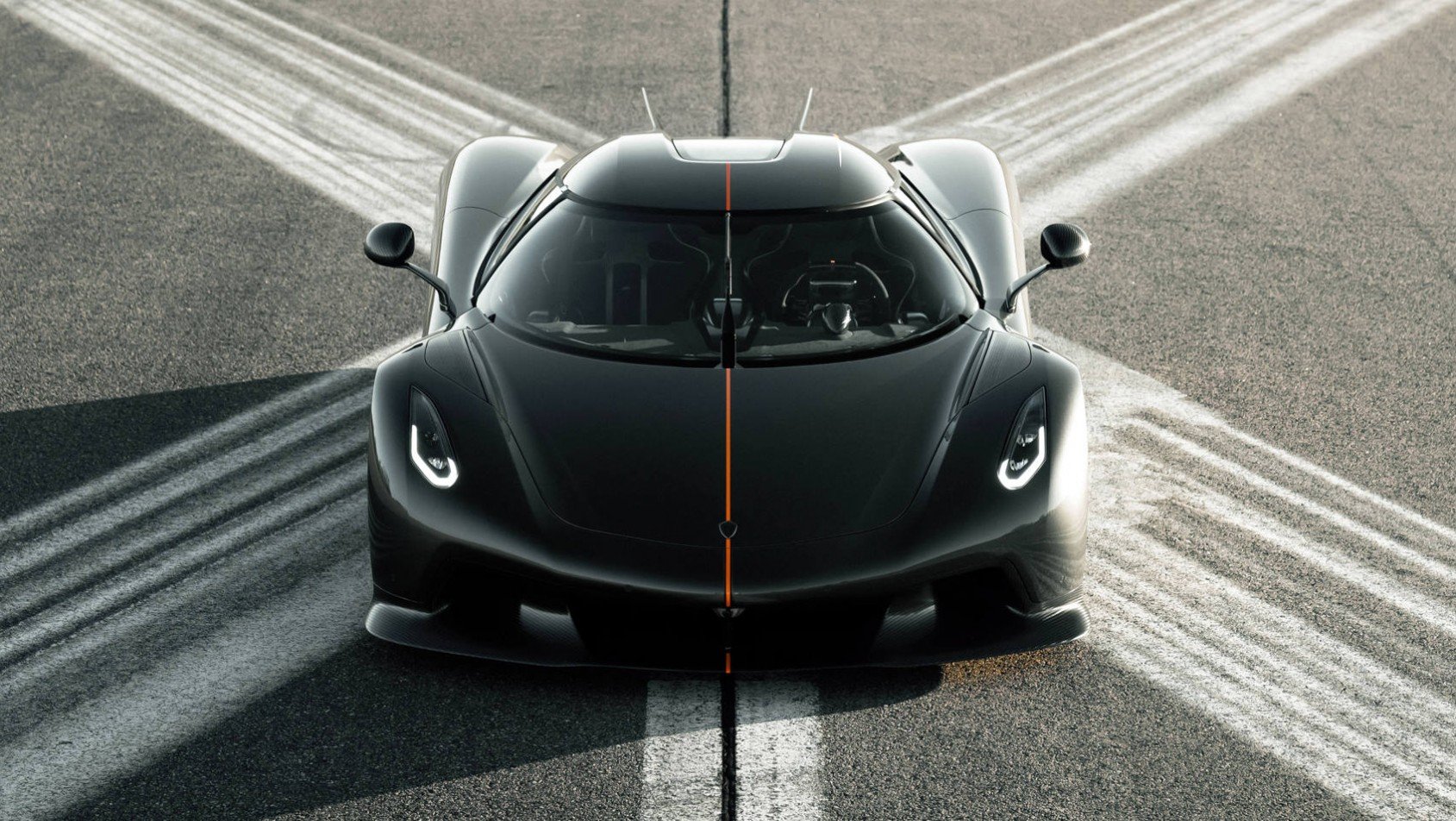
In Case You Don’t Know
Christian von Koenigsegg describes himself as an inventor/entrepreneur. He was, he says, the sort of kid who took apart the family VCR to see how it worked, which it sometimes did when he put it back together.
He decided he wanted to build his own car when he was just 6 years old, after watching The Pinchcliffe Grand Prix, a stop-motion short film about an inventor who … builds his own car and beats the world’s best with it.

Von Koenigsegg founded his first company when he was just 19, selling plastic bags and frozen chicken to Estonia in the immediate aftermath of the Soviet Union’s collapse. He founded Koenigsegg Automotive in 1994, when he was just 22.
It took eight years, but the 2002 delivery of the Koenigsegg CC8S, a hand-built, carbon-fiber-bodied supercar powered by a 655-hp supercharged 4.7-liter engine based on Ford’s modular V-8, to a Swiss customer (who still owns it) was the realization of 6-year-old von Koenigsegg’s dream.
The Jesko
The new Koenigsegg Jesko is the latest expression of that dream. And we were the first automotive media organization in the world to drive it.
By Koenigsegg standards, the Jesko will be a volume car. Koenigsegg Automotive has built just 250 cars in total since 2002, but it plans to build 125 Jeskos during the next two to three years. All are sold, despite their almost $3 million price tag. The Jesko is fully homologated for sale in the U.S., and the first of about 40 cars heading our way is scheduled for production in the third quarter of 2023.

Two versions will be offered, the Jesko Attack and the Jesko Absolut. The Attack is intended for better racetrack performance, with stiffer suspension and high-downforce aerodynamics including a large rear wing and the deepest and longest front splitter so far fitted to a Koenigsegg.
With all the aero bits in their most aggressive settings, the Jesko Attack allegedly develops 1,760 pounds of total downforce at 155 mph, rising to a maximum of almost 3,100 pounds at speeds exceeding 170 mph.
The 2024 Koenigsegg Jesko Absolut is all about raw speed. It eschews the Attack’s giant V-shaped rear wing, as well as its front splitter and the ducting through the hood. Two large fins, designed to improve high-speed stability, sprout from the engine cover. A reprofiled, 3.4-inch-longer tail and flush coverings on the rear wheels help reduce drag to 0.28 Cd.
Downforce is reduced to about 90 pounds at 155 mph, and to a maximum of 330 pounds, which means the Absolut can run softer suspension and a lower ride height than the Attack, improving everyday ride comfort and usability.

Max Power
Powering both Jeskos is a 5.1-liter, twin-turbo V-8 designed and engineered in-house by Koenigsegg. An evolution of the engine originally developed for the Agera, it now features a flat-plane crankshaft milled from a solid steel billet. The crank weighs just 28 pounds and allows the V-8 to rev to 8,500 rpm.
New lightweight conrods and pistons were developed to mitigate the increased vibration endemic to flat-plane-crank V-8s. The conrods, though made of steel, tip the scales at just 1.2 pounds each, including bolts, which means they weigh the same as a previous design made of titanium but are stronger. The ceramic-coated pistons weigh just 10.2 ounces each.

The cylinder heads, which are cast by Formula 1 supplier Grainger & Worrall, have redesigned intake runners shaped to improve tumble and therefore combustion. The two large turbochargers feature a Koenigsegg-designed air-injection system that pumps short bursts of highly pressurized air into the turbos to get the impellers spinning and reduce lag (this extra air is also said to hasten catalyst lightoff during cold starts).
A redesigned fuel injection system now has three injectors per cylinder, two traditional port injectors down by the intake valves and a third injector located in the plenum just above the intake trumpet for each cylinder. Koenigsegg says the extra injector helps deliver cooler and cleaner combustion, which is monitored by what the company claims is the world’s first production-car individual in-cylinder pressure monitoring system.
Put it all together, and the result is an engine that makes 1,600 hp at 7,500 rpm on E85 biofuel, and 1,280 hp on pump gas. Why the difference? E85’s higher octane rating allows higher combustion pressures, says von Koenigsegg, who has long experimented with biofuels.
Peak torque output is a hefty 1,106 lb-ft at 5,100 rpm, with no less than 738 lb-ft on tap from 2,700 to 6,170.
Never mind that boggling headline E85 horsepower number—even on pump gas, the 5.1liter Koenigsegg twin-turbo V-8, which the company says weighs just 417 pounds, boasts a greater power density than the Bugatti Chiron Super Sport’s giant 8.0-liter quad-turbo W-16.
Trick Transmission

No less extraordinary than the engine is the rest of the Jesko’s drivetrain. All the power and torque is funneled to the rear wheels via Koenigsegg’s ingenious, innovative nine-speed Light Speed Transmission (LST). The LST “makes dual-clutch transmissions look antiquated,” von Koenigsegg says, and that’s no idle boast.
Conventional dual-clutch transmissions work by moving gearsets to preselect what their electronic brains predict will be the next required gear. They then simultaneously close the clutch on that gear while opening the clutch on the gear last used. In the LST, no gearsets move. Instead, all gears in the transmission are engaged constantly, and the combination of gears through which drive is sent to the output shaft is determined by opening and closing six individual clutches within the transmission.
The compounding effect of the gearing produces nine forward speeds (reverse is controlled via a seventh clutch), and because the gearsets do not have to move into place, the transmission can switch directly from, say, eighth to fourth gear instantaneously simply by opening and closing the relevant clutches. In a conventional dual-clutch transmission, this would require four separate mechanical operations.
Koenigsegg says the LST weighs only 198 pounds (roughly two-thirds the weight of a high-capacity dual-clutch gearbox) and is half the size of the seven-speed Cima automated manual used on the company’s Agera. The LST transmission’s other benefit is the fact no clutch or flywheel is required on the end of the crankshaft. And as we discovered, you can feel this the moment you touch the Jesko’s gas pedal.
Inside Game

The cockpit is roomy—the 2024 Koenigsegg Jesko’s all-new tub means more legroom and headroom than in previous Koenigseggs—and the trademark wraparound windshield offers outstanding forward visibility. The lightweight quartic steering wheel, flattened at the top and bottom of the rim, is fully adjustable for reach and rake. The pedal box is also adjustable, as are the carbon-fiber-shell seats.
Although the 9.0-inch touchscreen looks familiar (it’s from the same supplier Volvo uses, though the interface and information displayed are all unique to Koenigsegg), there’s no instrument panel in the conventional sense of the term. Instead, there’s a 5.0-inch screen attached to the steering-wheel boss that shows all the usual drive-relevant data: revs, speed, gear, drive mode, etc.
Turn the wheel, and although the screen moves with it, the graphics remain aligned to the car’s vertical axis. And because the steering-wheel spokes never interfere with the view, the essential data remains always visible.
Driven To Extremes
Press a button, and the Jesko’s doors motor shut, twisting and turning on the company’s unique dihedral synchro-helix door hinges. Thumb the start button, and the V-8 cracks into life and settles down to a brisk idle.

This is the first complete pre-production Jesko Asbolut, visually and mechanically correct, save for some final tuning for the transmission mapping. It’s been warmed up by the test driver. Rain threatens. Koenigsegg’s runway test track beckons. We switch from Normal to Racetrack mode (this being a Swedish hypercar, there’s also a Wet/Snow mode). Let’s go.
The Jesko pulls away cleanly, the turbochargers’ air-injection system taking care of low-speed lag. Bam! Bam! Bam! Bam! The traction through the lower gears is immense, helped by the Triplex rear suspension setup, which includes a damper between the top links of the rear control arms to better control squat.
The Jesko tracks straight and true as we arrow down the runway. And that engine! It might displace 5.1 liters and have a couple of turbos, but it screams like a naturally aspirated 3.0-liter Ford Cosworth DFV F1 V-8 and feels razor-sharp in its response. From fifth gear through to ninth, the revs build so quickly, you have to click-click-click-click on the upshift paddle pretty much as quickly as you can to stop the engine hitting the rev limiter. There is no flywheel effect. None.
The only other modern hypercar engine that feels anywhere near as vivid as this one does past 6,000 rpm is the naturally aspirated 6.5-liter V-12 in the Ferrari Daytona SP3. In fact, Koenigsegg’s engine feels even more explosive than Ferrari’s V-12, and not just because it makes significantly more power and torque. Rather, it all plays out in a more compressed rev range, the redline being 8,500 rpm whereas the Ferrari will spin to 9,500 rpm.
And we’re not even getting the full monty: Our Jesko’s engine is running on 98 RON from the local gas station rather than E85, which means we’re making do with a mere 1,280 hp.
Although there is a stubby shifter on the center console, the paddles are really the only way you can keep up with the engine if you choose to shift manually on a full-commando acceleration run. Apart from some shift shock on the third-fourth change—more software work is underway to eliminate it—the shifts were smooth and super-quick.
However, pushing through the detent on the center shifter activates the LST’s party trick, UPOD (Ultimate Power On Demand) mode. This allows the transmission to skip ratios for ultimate response. Stabbing the gas in seventh gear in UPOD saw the transmission switch instantly to fourth gear and the Jesko lunge for the horizon.

Handling Prowess
Powertrain aside, the 2024 Koenigsegg Jesko’s agility and stability are also mighty impressive. The car feels incredibly light on its feet, the low rotational mass of the hollow carbon-fiber steering wheel complementing the low inertia of a hypercar that weighs about as much as a Honda Civic.
Response from the front axle is superb, as is the feedback through the steering. There’s noticeable roll on the change of direction, but you can feel exactly what’s going on where the front tires meet the tarmac. Active rear-wheel steering, which can turn the wheels up to 3 degrees in either direction, helps the rear end track faithfully. You can go to power surprisingly early without pushing the nose wide or making the rear end feel squirrely.
The brakes, giant carbon-ceramic rotors measuring 16.1 inches up front and 15.6 at the rear and clamped by calipers of Koenigsegg’s own design, feel utterly indestructible. Nail the brake pedal, and the Jesko simply stops, even from big triple-digit speeds. This is a hypercar you can drive with your fingertips and toes, the Jesko Absolut a deft and delicate device despite its size and its enormous power and speed.
What’s It Mean?
Christian von Koenigsegg has been on a remarkable journey since founding his car company 28 years ago. Despite having no formal training as an automotive engineer or designer, he’s become a genuine auteur automaker, more directly hands on in the creation of his cars than Enzo Ferrari or Ferruccio Lamborghini ever were, and more driven to explore left-field technical solutions compared to his modern-day hypercar-as-art contemporary, Horacio Pagani.
Driving the 2024 Koenigsegg Jesko Absolut is like drawing back the curtain and getting a glimpse of what’s going on inside inventor/entrepreneur Christian von Koenigsegg’s head. And it’s a truly extraordinary place.
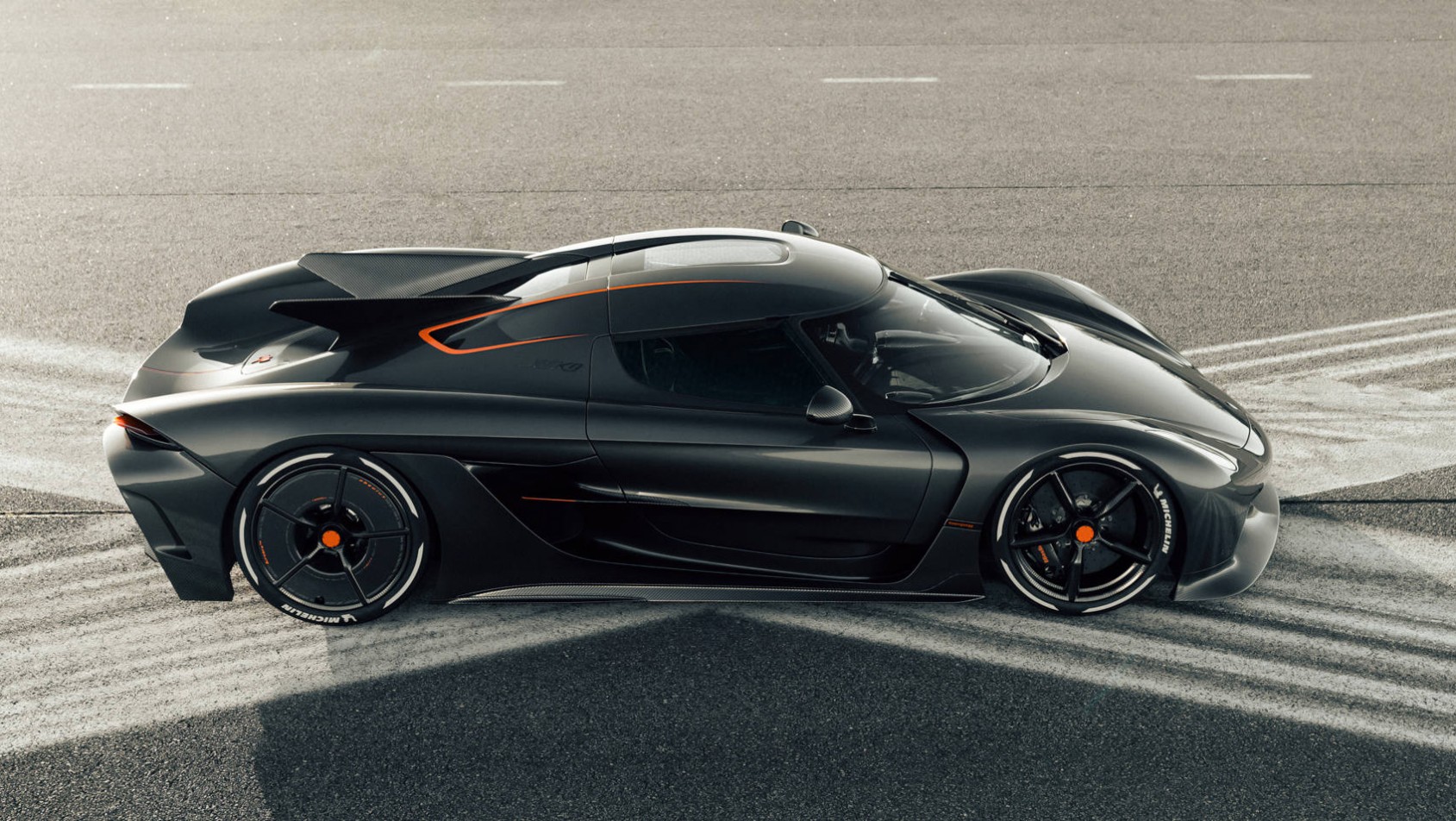
2024 Koenigsegg Jesko Absolut Specifications
PRICE: $2,840,000
LAYOUT: Mid-engine, RWD, 2-pass, 2-door coupe
ENGINE: 5.1L/1,280-hp (1,600-hp on E85)/1,106-lb-ft twin-turbo port-injected DOHC 32-valve V-8
TRANSMISSION: 9-speed seven-clutch auto
CURB WEIGHT: 3,100 lb (mfr)
WHEELBASE: 106.3 in
L x W x H: 190.7 x 79.9 x 47.6 in
0-60 MPH: 2.5 sec (MT est)
EPA CITY/HWY/COMB FUEL ECON: Not yet rated
EPA RANGE (COMB): 228 miles (est, gasoline)
ON SALE: Now
